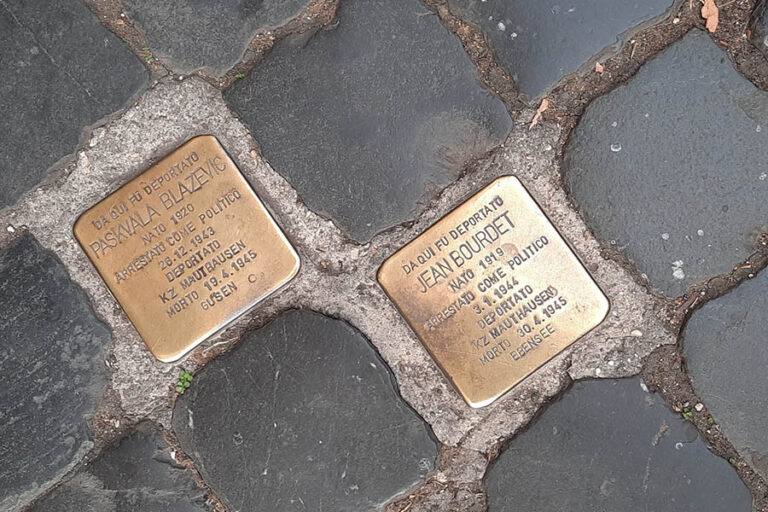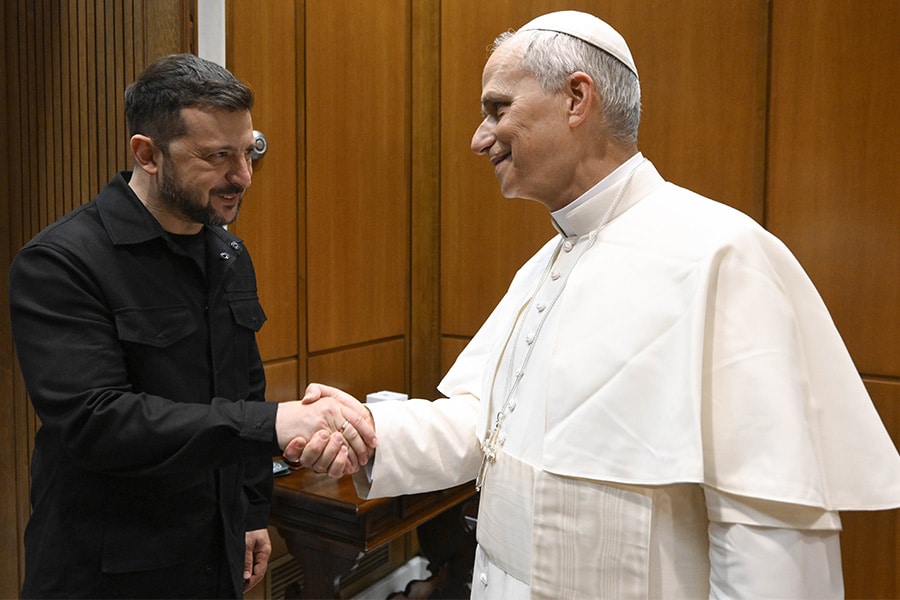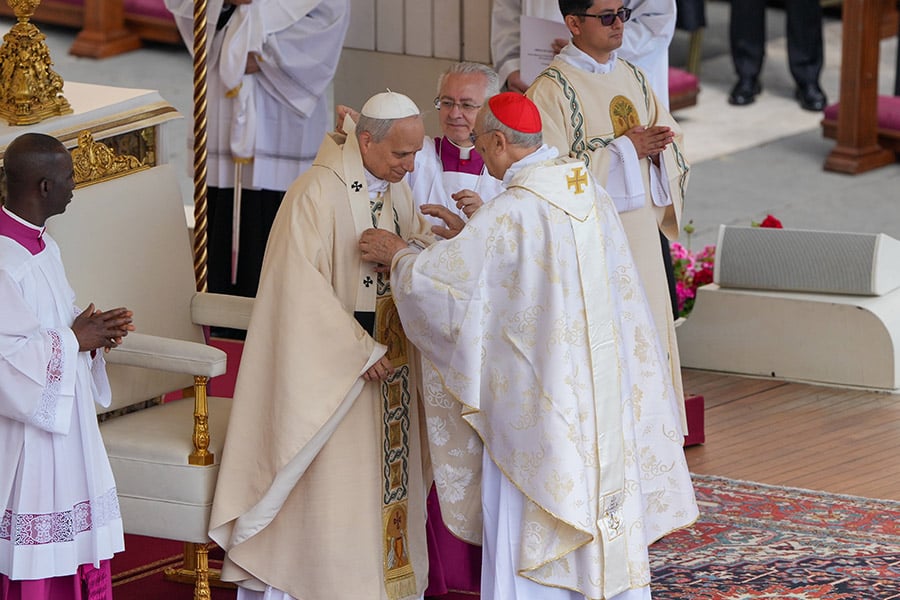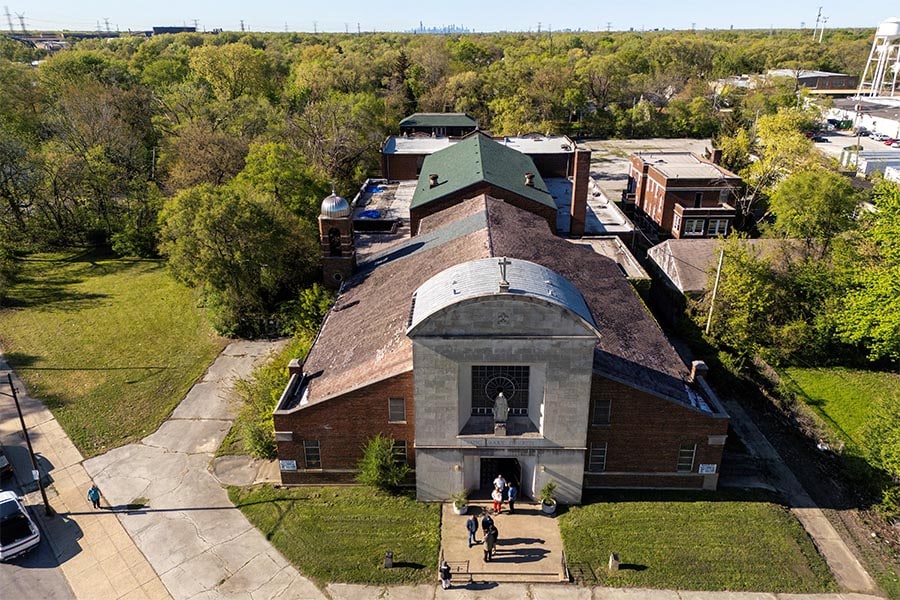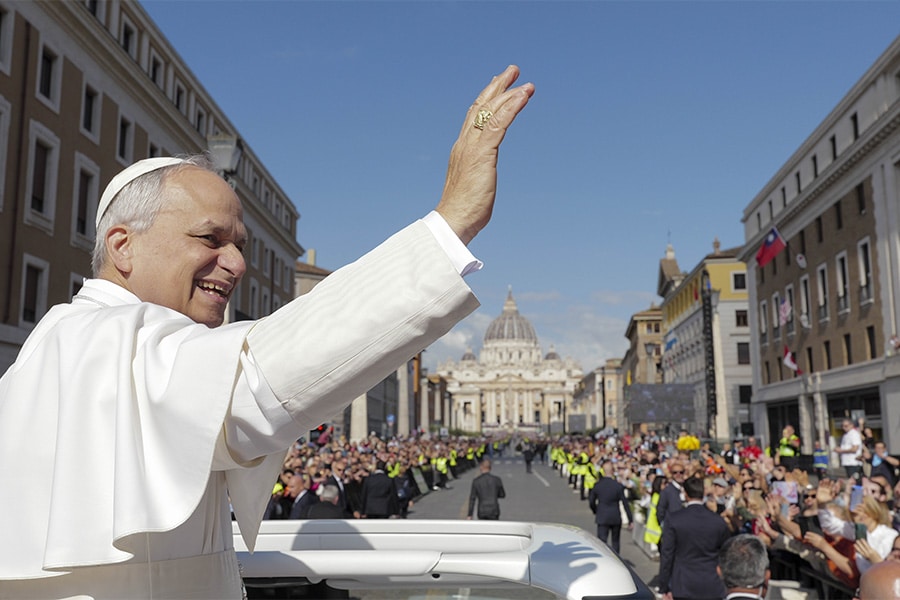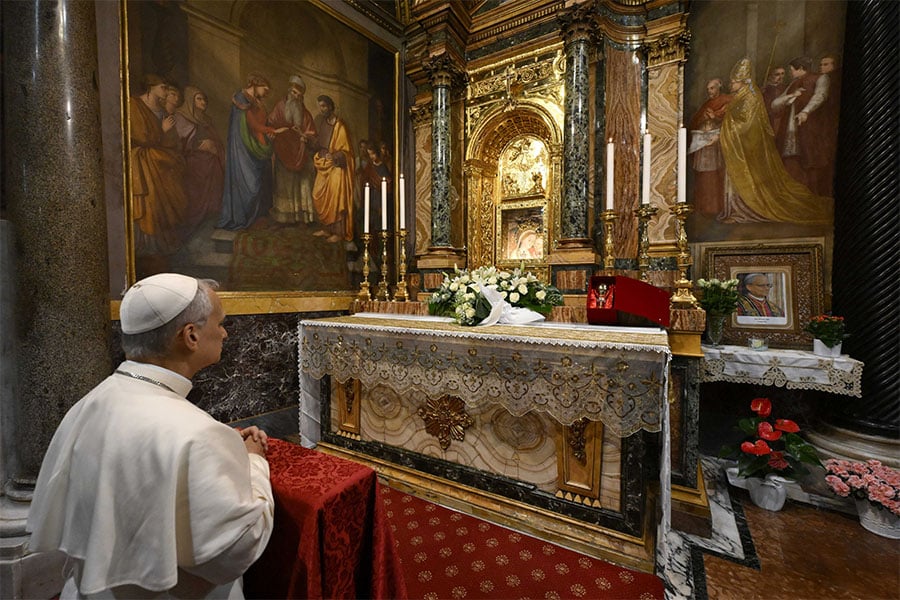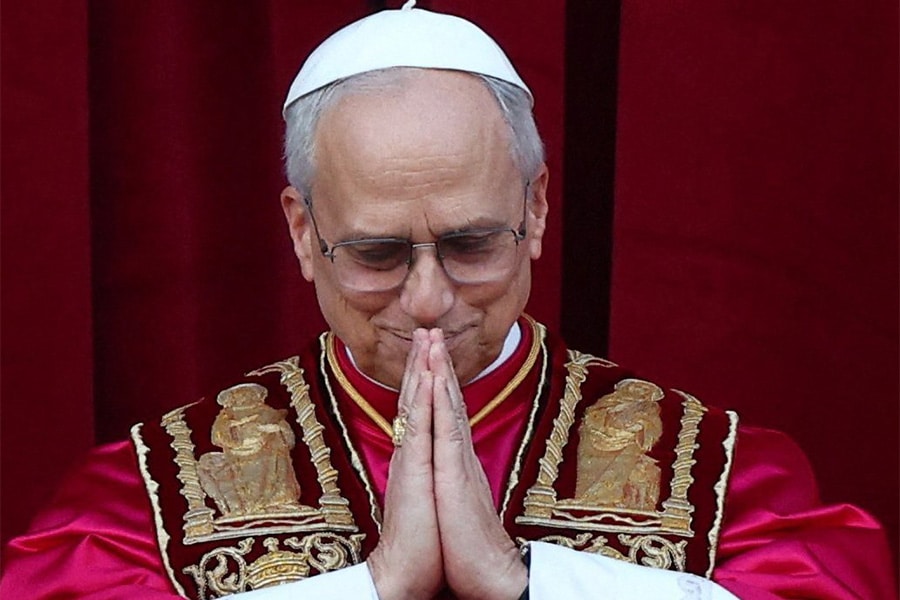VATICAN CITY (CNS) — On a Jewish holiday and the sabbath, Oct. 16, 1943, German forces rounded-up more than 1,250 men, women and children in Rome for deportation to extermination camps in Poland.
Those who were Jewish — 1,022 of them — were detained for two days just 700 yards from St. Peter’s Square in an Italian military residence near the Tiber River. That Pope Pius XII was “silent” about this tragic event and many other crimes of injustice and persecution by Nazi Germany and fascist Italy was a major topic of discussion at an international conference in Rome.
Catholic and Jewish scholars came together for the landmark gathering at Rome’s Pontifical Gregorian University Oct. 9-11 to discuss new research coming out of the recently opened Vatican archives of Pope Pius XII’s pontificate before, during and after World War II and the Holocaust.
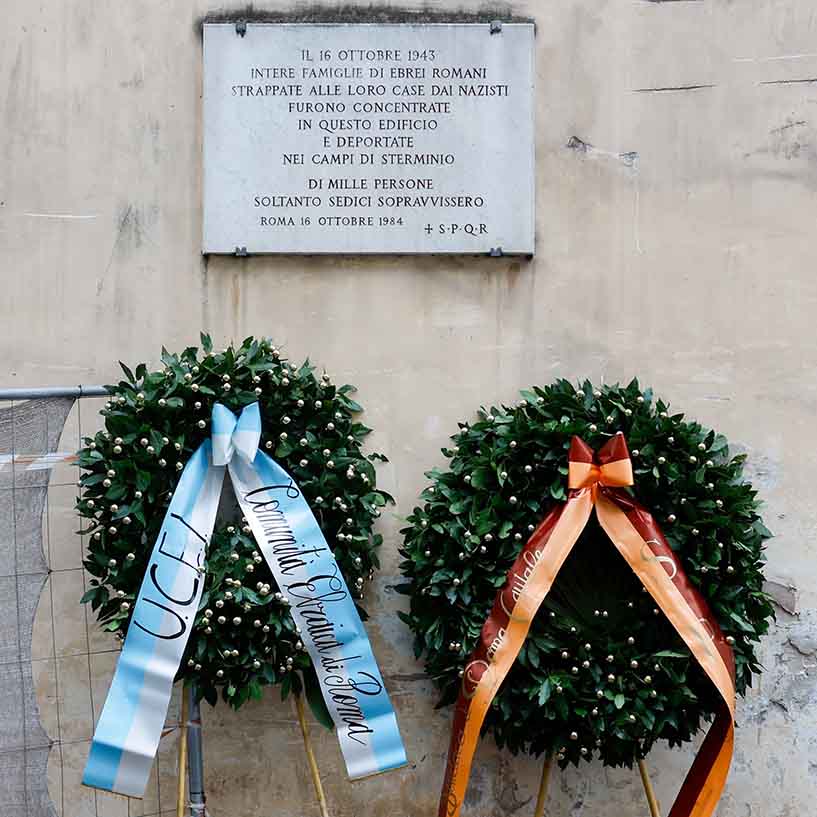
More than 16 million documents have been made available to researchers since 2020, and dozens of scholars gave more than 35 presentations about new findings and past research, and about what it all means for Jewish-Christian relations.
Many scholars were quick to caution against the temptation to look for a kind of “smoking gun” in these and other wartime archives and instead emphasized the importance of rigorous scientific research by experts collaborating across multiple disciplines.
Researchers must be “willing to go where the documents will lead you,” avoiding predetermined expectations and conclusions, even though, “it is true, some will interpret the documents one way, some will interpret them another way,” said historian Deborah Lipstadt, the U.S. special envoy to monitor and combat antisemitism.
“But there’s no real debate here, you’ll forgive me,” she said Oct. 11. “There’s more to know, but we have sitting amongst us historians whose work has shown us overwhelmingly, and as a number of you have already said, Pope Pius, the Vatican, the Vatican hierarchy knew precisely what was going on” regarding the atrocities perpetrated by the Nazi German government.
“Were there church nuncios, parish priests and everything in between who saved Jews? Yes. Were there those who hid Jews? Of course. But what that proves is how much more could have been done,” Lipstadt said, adding she took the “very short walk” from St. Peter’s Square to the military college where the more than 1,000 Jews had been led 80 years ago.
While people should not see research as “a competition between ‘Aha! I found a good thing,’ ‘Aha! I found a bad thing,'” she said, “a moral voice was absent” during the war, especially by “an institution whose major authority is moral authority.”
“We can build on that, we can repair that” by recognizing and acknowledging the failures and working to do better, she said. All relationships between people and institutions suffer “if there’s a big secret, if there is something that isn’t expressed.”
Massimo Faggioli, a church historian and professor of theology and religious studies at Villanova University in Pennsylvania, said he saw striking similarities in the delays and obstacles to confronting the sexual abuse crisis and “how the Holocaust was interpreted and was understood” by members of the church.
There is a need for reconstructing “historical truth,” which is “methodologically, ethically, and for the church, an incredible challenge,” he said in a discussion portion of the conference Oct. 9.
The abuse crisis in “Boston was like the Nuremberg trials. Now we are at the Frankfurter trial or the Eichmann trial,” he said, signaling that it is “the beginning of dealing with it in a different way.”
Jesuit Father Mark Lewis, rector of the Gregorian University, said there was a sense before Vatican II, and even afterward, that the church had to be perfect or present itself as perfect to be an effective moral force.
“I think it’s probably becoming a lot easier to look at this (wartime and Holocaust) period because we went through the abuse” crisis, he said during a discussion session Oct. 11. “It’s becoming more and more difficult to say that the only way you can be a moral leader is by being perfect and because if we wait until we get to that point, we’ll always be silent.”
“I think the question then becomes, how do we confront the fact that we have done evil and say, but that is not who we want to be or who we are now or what we want to do in the future when we’re confronted with new temptations,” he added.
Rabbi David Sandmel, past chair of the International Jewish Committee for Interreligious Consultations, said “one of the most heartening” and “remarkable” aspects of the conference and serious research underway at different archives is the collaboration between Jewish and Catholic scholars and institutions.
This work “must be done together,” he said, because “if it’s not a collaborative effort, it won’t be credible,” and the different perspectives that Jews and Catholics bring to this research are “crucial to its success.”
“The history of the pontificate of Pius XII and the church and the Shoah is certainly painful for us as Jews, and I think Jews need to be cognizant that it is also painful differently but painful for Catholics as well,” he said.
“We must continue to learn what causes each other pain,” he said, pointing to the moral of a Hasidic story that says, “You cannot honestly say you love me if you don’t know what causes me pain.”
“I don’t think we’re ever going to know the whole story, even if every document and every relevant archive is made accessible and studied,” Rabbi Sandmel said.
“This work may never be finished. But I believe it is sacred work that we cannot neglect and from which we cannot desist,” he said.
Read More Vatican News
Copyright © 2023 Catholic News Service/U.S. Conference of Catholic Bishops

